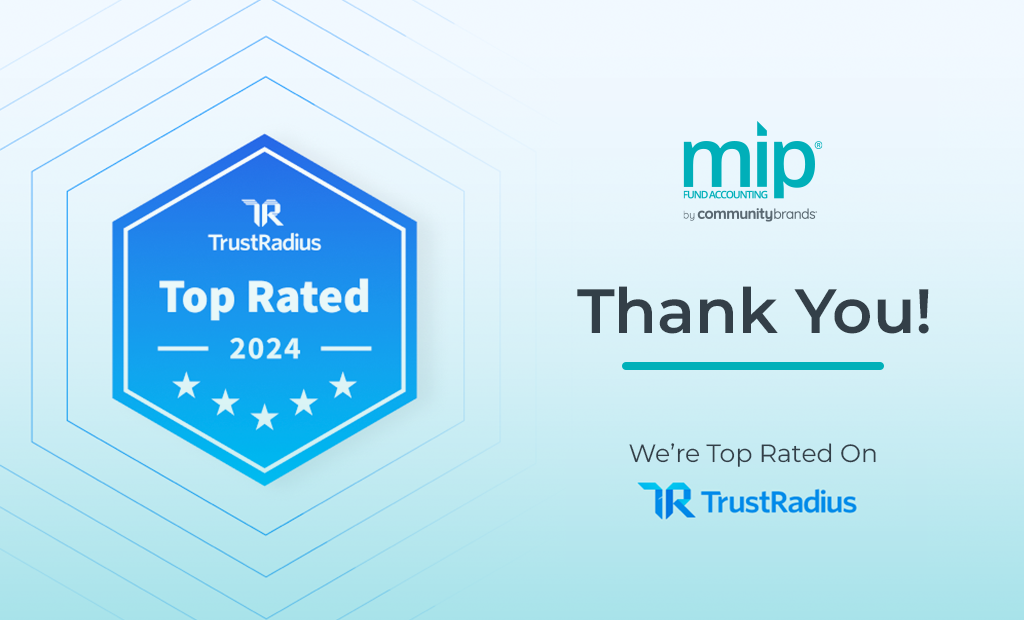Reading Time: 4 minutes
If a natural disaster or cyberattack happened to your organization today, how quickly could you recover? If the answer isn’t “within hours,” your nonprofit organization should consider developing a disaster recovery plan.
According to research conducted by Uptime Institute, 33% of 846 surveyed organizations experienced a significant outage that impacted their business in the past year, and 50% had an outage in the last three years.
When checking if your website is being affected by an outage, the internet features several tools that will send test traffic to your site to show if it’s down for you or everybody.
Business continuity is critical when facing network or power outages, system failures, natural disasters, accidents, cyberattacks, and software updates. Hopefully your organization never experiences a disaster, but now is the time to prepare.
Full-Proofing Your Disaster Recovery Plan
When it comes to disaster recovery plans, the benefits of the cloud are indisputable. Implementing a cloud disaster recovery plan is a simple way to ensure your organization is protected in the event of a disaster. When your organization hosts its data in the cloud, it resides on multiple, offsite virtual servers with overlapping backups of your data, so you never risk losing any information.
Cloud technology is becoming commonplace in nonprofits across the U.S. According to the 2022 Nonprofit Research Study, which surveyed 400 nonprofit professionals, 75% of respondents said their organization was more likely to adopt a cloud solution now than at the beginning of the pandemic.
When presented with a list of options to execute in 2022, three out of the four top responses nonprofit organizations said they’d execute related to cloud computing. Thirty-four percent of respondents said they’d upgrade to cloud-hosted software, 31% said they’d upgrade data security software, systems, or protocols, and 28% said they’d invest in cloud computing.
Cloud Disaster Recovery vs. Traditional Disaster Recovery
Developing a cloud disaster recovery plan has many benefits over traditional recovery plans because traditional plans use on-premise resources and tend to be complex and expensive.
Traditional disaster recovery plans are:
- Highly complex: Traditional recovery plans rely on local data recovery sites and can be difficult to manage and monitor
- Costly: Setting up and maintaining a local site can be time consuming and expensive
- Less scalable: Traditional plans need additional servers to expand capacity, whereas cloud servers already have additional infrastructure available
Cloud disaster recovery plans are a more affordable and less complex solution. Often, cloud providers offer these plans as a SaaS solution that can scale to your organization’s unique needs. The cloud helps your organization recover its critical systems after a disaster and provides remote access to your systems in a secure, virtual environment. Other advantages of cloud disaster recovery plans include:
- No internal infrastructure: Because your organization’s data is on cloud servers, you do not need to buy expensive internal infrastructure
- Scalability: Cloud resources can be quickly scaled up or down based on demand
- ROI: Besides saving money on equipment, cloud vendors offer flexible pricing models
- Quick disaster recovery: Cloud disaster recovery plans enable your organization to restore its data in a matter of minutes from any location
- No single point of failure: The cloud lets you store backup data across redundant, offsite servers in multiple geographical locations
- Network infrastructure: Cloud vendors continuously work to improve and secure their infrastructure, provide support and maintenance, and release updates
- Compliance: If your organization is legally required to comply with industry or governmental regulatory requirements—like GDPR, PCI, SOC 2, or others—cloud disaster recovery plans can help you stay compliant without hiring in-house experts. Reputable cloud providers ensure compliance with whatever controls you require
Minimizing Downtime and Preventing Data Loss
Downtime is a byproduct of power outages, system failures, natural disasters, accidents, cyber-attacks, and software updates. During these periods, your organization’s data is unavailable and inaccessible. In the case of cyberattacks, unauthorized parties can also hold your data hostage.
The best cloud providers offer data encryption, regular data back-ups, and routine software updates to get ahead of malware and keep your organization secure from cyberattacks.
Cloud disaster recovery plans also protect against human errors. If something happens to your data because of a harmless mistake, your organization can quickly restore it wherever you have an internet connection.
Cloud systems prevent downtime and allow your organization more time to accomplish the work that fulfills its mission.
Creating a Disaster Recovery Plan
Suppose your organization doesn’t have a disaster recovery plan or hasn’t updated its plan in some time. In that case, these three steps will help your organization create a complete disaster recovery plan.
1. Analyze: Your organization should complete a comprehensive risk assessment and impact analysis of your existing IT infrastructure and workloads in the context of a natural disaster or power outage.
During this analysis, you’ll evaluate how your current infrastructure stands against these challenges and determine your workload’s recovery point objective and recovery time objective.
2. Collaborate and Create: In this step, you’ll determine the steps your organization will take in a natural disaster. Essential things your organization should consider:
- Appointing a point person to execute the plan in the event of a disaster
- Identifying a rendezvous point for members of your office
- What important authentication documents, like passwords, financial information, and legal steps, you should include in the plan
- If you’re using a cloud disaster recovery plan, include your cloud vendor’s contact information
Ready.gov, a website created by the Department of Homeland Security, includes several other aspects for your organization to consider when developing its plan.
3. Prevent: Your organization should discuss potential threats and vulnerabilities pertaining to cyberattacks. You can also practice the response to a disaster plan so your staff remains current with its preparations. Finally, consider reaching out to your cloud provider to learn how they’ll respond after a natural disaster.
Plan Today, Execute When Needed
Hopefully, your organization will never need to use its disaster recovery plan, but by preparing one today, your organization will have it ready if needed. Cloud disaster recovery plans are flexible and effortlessly allow for business continuity in a disaster or potential data loss.
Download the whitepaper Why Now to the Cloud for benefits, considerations, and questions to ask when considering a move to the cloud. MIP Cloud is secure, compliant, and accessible to your team 24/7 from anywhere. Learn why more than 6,000 organizations chose MIP cloud.
Share this post





